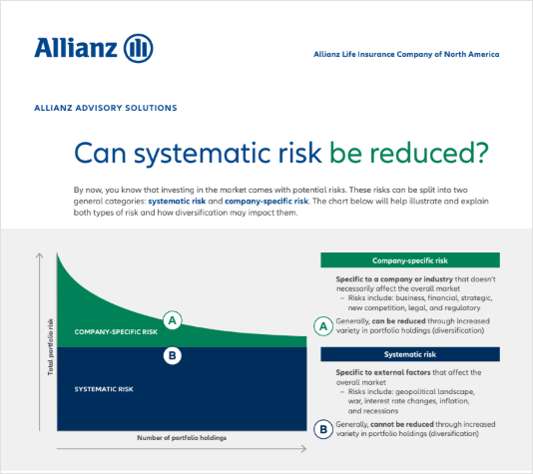
 (Credit Thinkstock)
(Credit Thinkstock)
Life insurance premium financing can help savvy investors leverage their portfolio for sizable returns. Some choose to finance in order to take advantage of higher-yielding investments. Others use that strategy to address a lack of cash flow or liquidity.
(Related: 3 Alternatives to a Life Settlement)
Navigating the rules and regulations that govern life insurance can be complex, even for the most adept advisors. This is particularly true when it comes to premium financing.
Think about federal regulation.
Premium financing is not subject to federal statutes or regulations any more than traditional financing may be. While certain federal laws will apply, such as anti-fraud provisions and truth-in-lending disclosure requirements — which detail payment rates and schedules, life insurance premium financing is largely governed on a state-by-state basis.
One federal rule to pay close attention to, however, is taxation. It's here that life insurance premium financing has a major advantage over its alternatives, including the potential sale of a life insurance policy. The tax-free nature of loan proceeds is a substantial benefit. The proceeds from a life settlement, on the other hand, are usually taxable.
Know your state regulations.
Life insurance premium financing becomes much more complicated on the state level, as individual states have different rules and approaches.
The majority of states in the United States regulate financing, focusing on elements such as minimum disclosures and the lender's enforcement rights upon default. Each state also sets its own limits on maximum interest rates for premium lenders, and those rates may vary significantly. In California, rates can be as high as 24%, while in Delaware, rates max out at a little more than a third of that — 9%.
There is even greater regulation when a lender chooses to obtain a state's premium finance license. While becoming a licensee can prove onerous, there are benefits to doing so, like access to higher interest rates. Regulations for licensed premium finance lenders are usually consistent across state borders since they are built on the same model statute.

 Scott Rose is the vice president of
Scott Rose is the vice president of 

